How to avoid the biggest living room decorating mistakes – failsafe ideas from the experts
According to interior designers, these are the most common living room decorating mistakes. Plus, they often advice on how to avoid these pitfalls
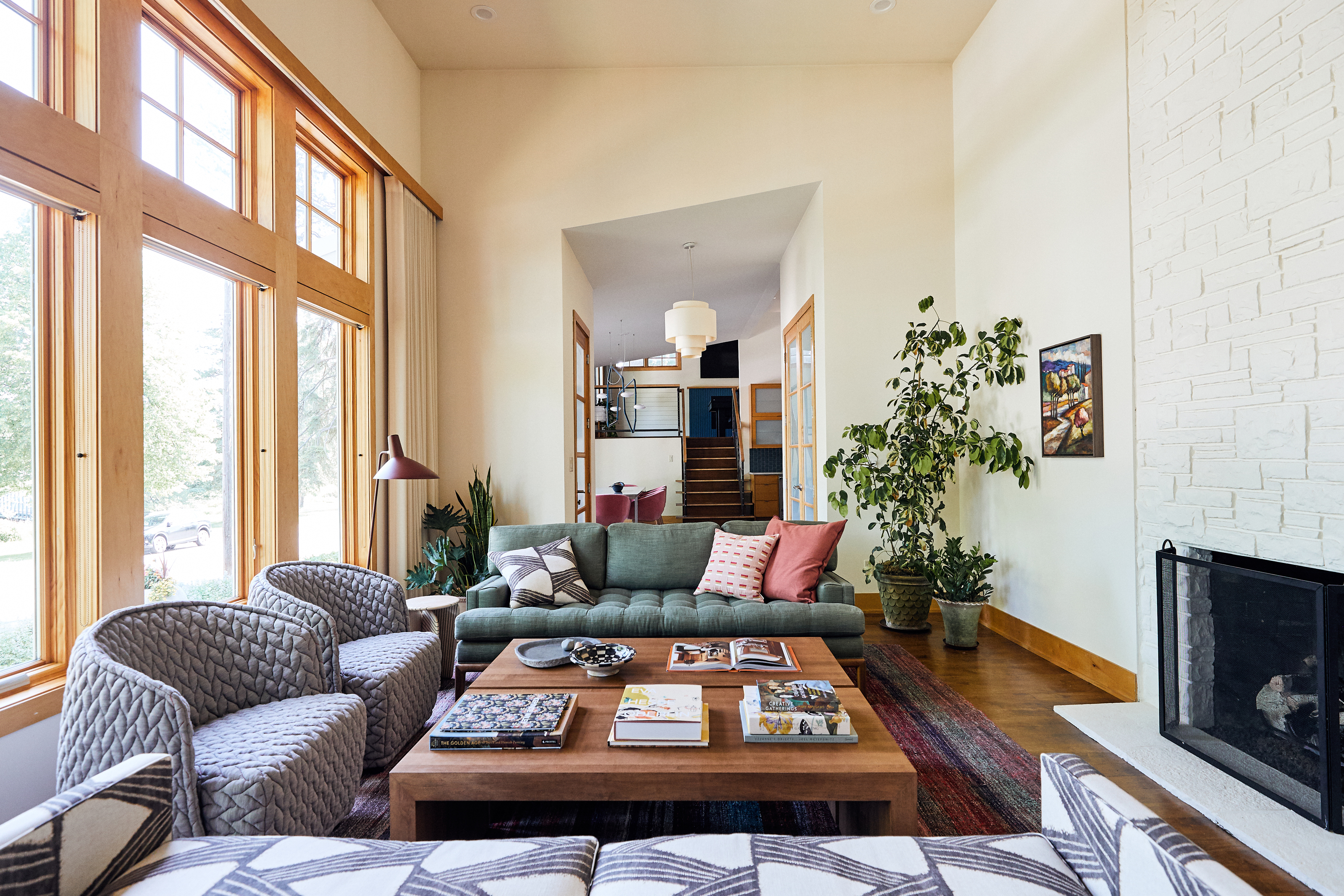
It’s easier to make living room decorating mistakes than you might think. While there’s a largely formulaic set of furniture to include - seating, coffee table and television - the most successful schemes have a few more subtle principles at play that help them to go from average and ordinary to practically perfect and utterly lust-worthy.
There are a few modern living room ideas and visual tricks to learn, but in the initial planning stages, it boils down to being realistic about how you want to live in the room. ‘When designing, we like to think first about the room's usage,’ says Keren Ritcher, co-founder and principal designer at White Arrow. ‘How many guests will be using it, are there kids or pets, is it a formal atmosphere wherein the room is rarely used, or is it a space that should feel more laid back and informal?’
Who better to quiz on the do’s and don’ts of living room decorating than interior designers? They’ve seen it all, they know what works, and with decades of experience among our esteemed experts, their advice is second to none. Read on for a comprehensive guide on everything to consider when designing your perfect living space.
1. Not being true to your personality

While there are certainly key design principles to follow when decorating a living room - and we’ll be covering these a little later on - perhaps the most important thing to hold onto is your own sense of style. If a decorating scheme doesn’t feel authentic to you, the chances are you’ll tire of it quite quickly and won’t enjoy spending time there.
‘This particular bright and fun living room color idea runs true to the client and speaks specifically to their personality, which is the most important priority,’ says Olivia Stutz, founder of New York-based design studio Olivia Stutz Design.
If you’re unsure of where to start, Olivia recommends first looking at the cornerstone of any living room. ‘The main thing to consider is choosing a knockout sofa to be the pillar of the space,’ she says. ‘You can then begin to layer in statement lighting, and decor items such as rugs and plants.’
2. Not considering the flow between rooms
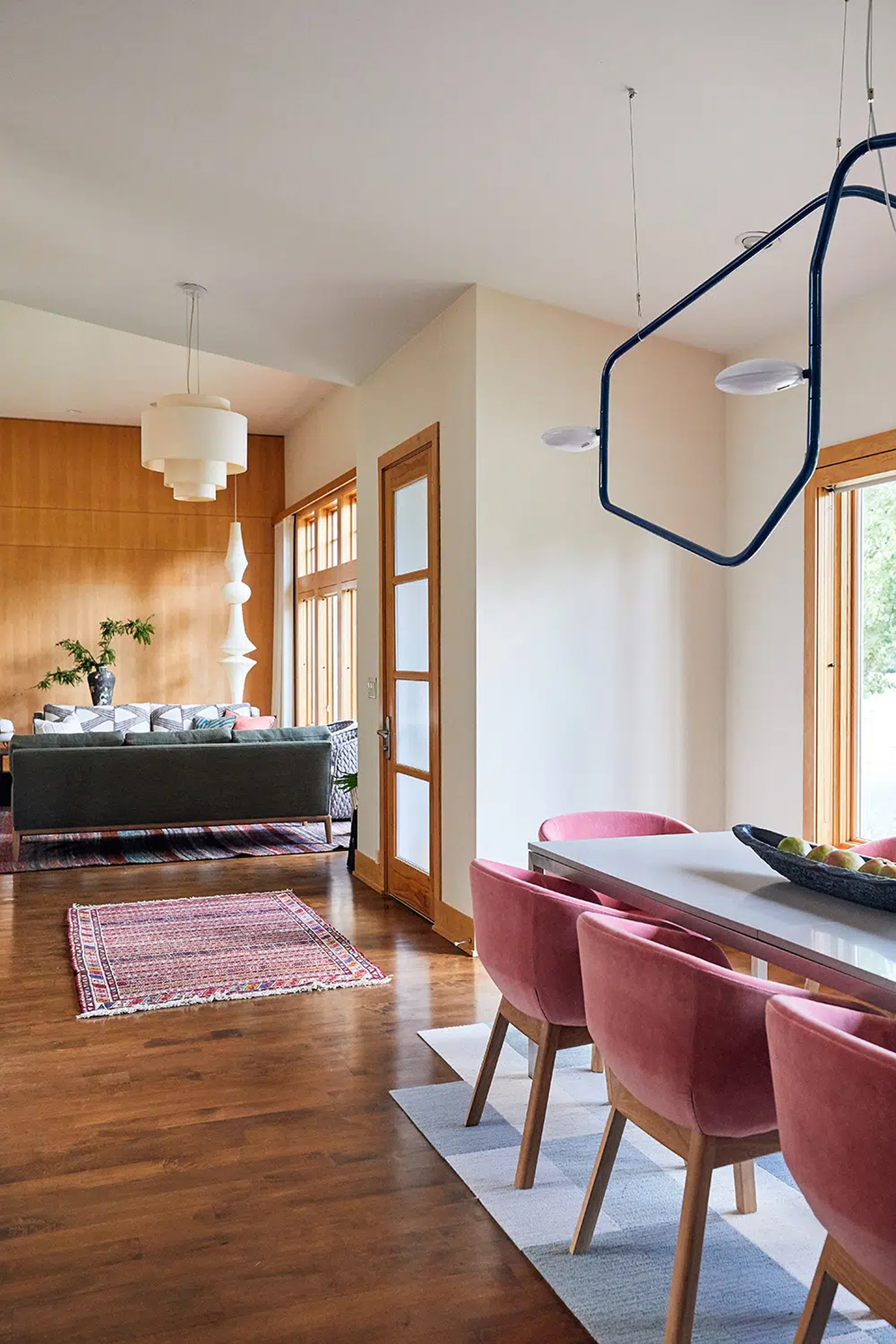
A common mistake is designing your living room in isolation to the rest of the house, without thinking about how the interior design relates to the other rooms and spaces. This can make for a disjointed aesthetic that not only looks incongruous, but feels jarring to live in too.
The Livingetc newsletters are your inside source for what’s shaping interiors now - and what’s next. Discover trend forecasts, smart style ideas, and curated shopping inspiration that brings design to life. Subscribe today and stay ahead of the curve.
To avoid this, Victoria Sass, principal and design director at Prospect Refuge Studio offers invaluable advice. ‘I think rooms should have a thread of commonality between them,’ she says. ‘Maybe it’s a color or material that carries through, or a reference to a particular era. Each room can be telling a different story, but they need to talk to each other through at least one point of connection.’
The key is to build small and subtle links into your scheme, without straying too far into something that feels unduly contrived. ‘Decor can be over-planned, and I don’t generally recommend matching sets of things’ says Victoria. ‘Instead, set a parameter and explore within that theme. For example silver finishes in different textures, or a color across different ceramics - these can be the small linking factors.’
3. Not thinking about scale
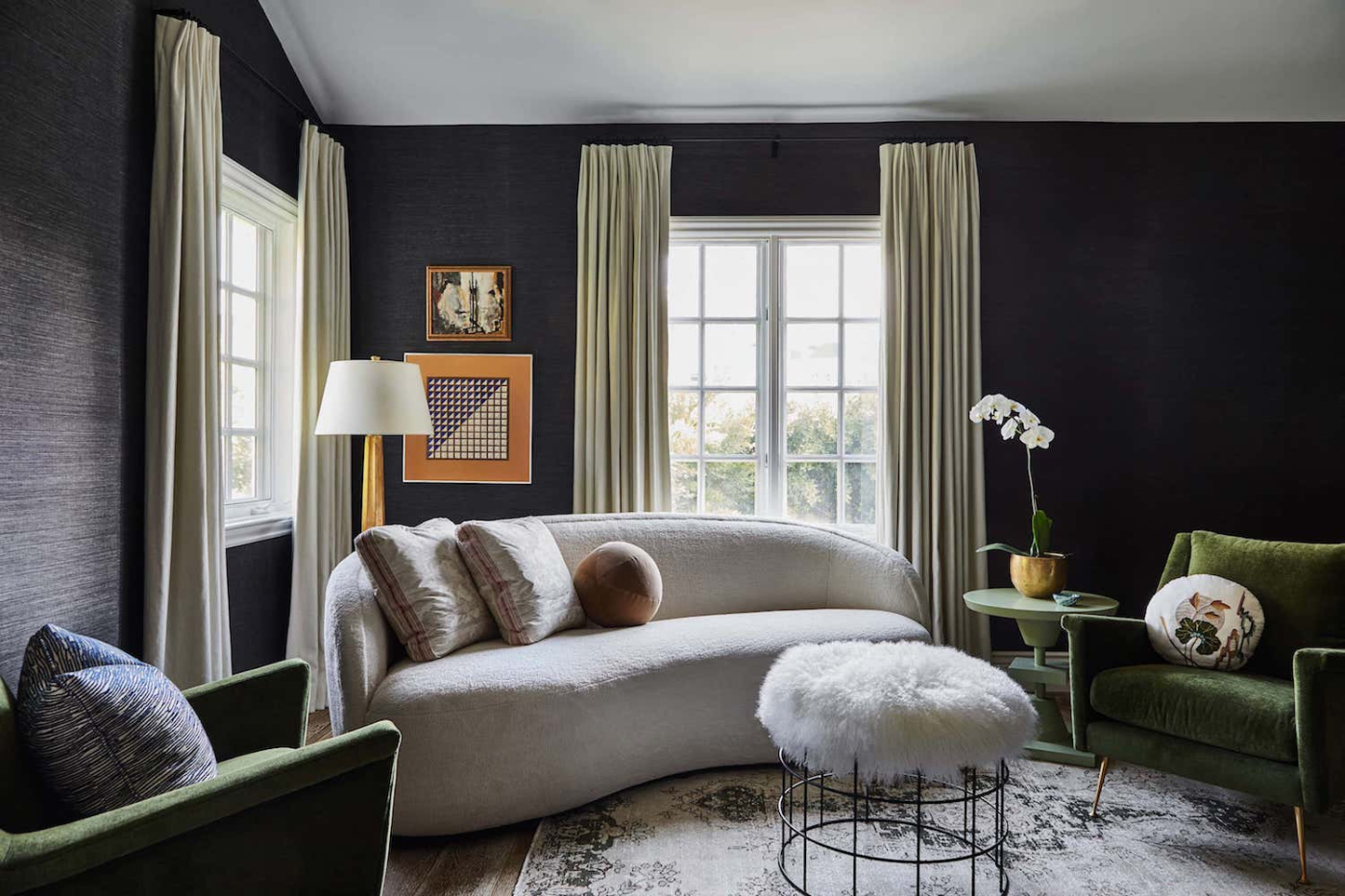
Invest some time at the beginning of the decorating process into making a floor plan to help you visualize the scale of furniture in the room. ‘You want to think through all aspects of scale and spacing in advance,’ says Stefani Stein, principal designer and founder of Los Angeles-based interior design studio Stefani Stein Inc. ‘When I’m designing a living room, I always mock up the furniture to scale to help me explore different pieces for the space.’
It can also be really helpful to block out the footprint of potential furniture directly onto your floor, especially when planning a small living room layout - this can help you get a stronger sense of how much space it’ll take up, enabling you to better visualize how it might feel in the room.
‘Furniture scale can be especially deceiving when shopping online,’ says Stefani. ‘I recommend blocking out the dimensions and placement of potential pieces with painters tape onto your floor before ordering. You want to consider how you intend to interact with the space, as well as making sure there are clear paths through furniture arrangements.’
4. Choosing all new furniture
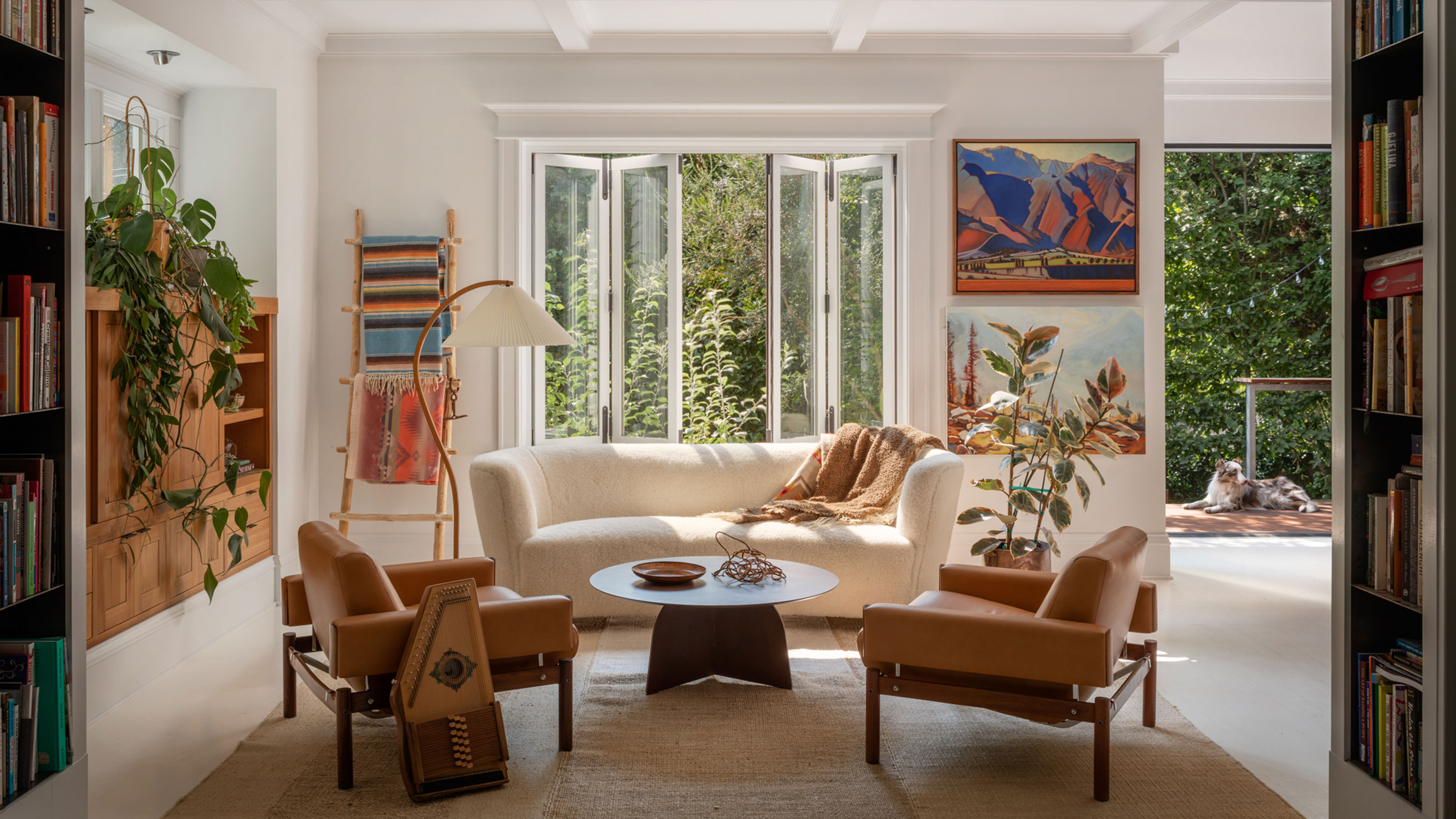
If you’re doing a complete redecoration, it can be easy to fall into the trap of coveting brand new pieces and buying into the latest trends. But this doesn’t necessarily create a look that’s authentic to your style, and it’s certainly not going to be an economical use of your budget.
Instead, think about incorporating existing pieces that you love into your new scheme or buying vintage where possible. ‘Including vintage items within a room scheme helps to give it personality, depth and warmth,’ says Lisa Staton, principal designer and founder of Lisa Staton Design, who designed this space for a modern Seattle home. ‘For a contemporary edge, balance vintage pieces with a few choice modern elements that have cleaner lines and sculptural silhouettes.’
For Lisa, decorating a living room is all about creating comfort and ease. ‘Make sure there’s enough comfy seating for everyone, as well as a place to easily set a drink down,’ she says. ‘Create an atmospheric mood with soft lighting and introduce layers with pillows, warm throws, art and objects to make it feel unique.’
5. Leaving window treatments until last

As well as furniture, it’s crucial to consider the types of living room window treatments you want to include - and it’s best to do this in the beginning stages of the decorating process. ‘You should never overlook the significance of window treatments,’ says Stefani Stein, Principal Designer and Founder at Stefani Stein Inc. ‘I always select the materials for the window treatments in conjunction with the other textiles in the space - which for me, is in the early stages of design.’
There are a few things to consider when selecting fabrics for window treatments. Not only should they look great, but you’ll also want to choose based on their performance qualities and practical suitability for your space’s unique requirements.
‘The textile has to work with the other elements of the room’s composition, as well as being appropriately light filtering with a nice drape and handle,’ says Stefani. ‘For this particular project, the house is set back from the street and is afforded extra privacy with lush greenery, so we didn’t need to go heavy with the window treatments. Instead, we opted for something a little more sheer that flooded the room with natural light.’
6. Or your artwork
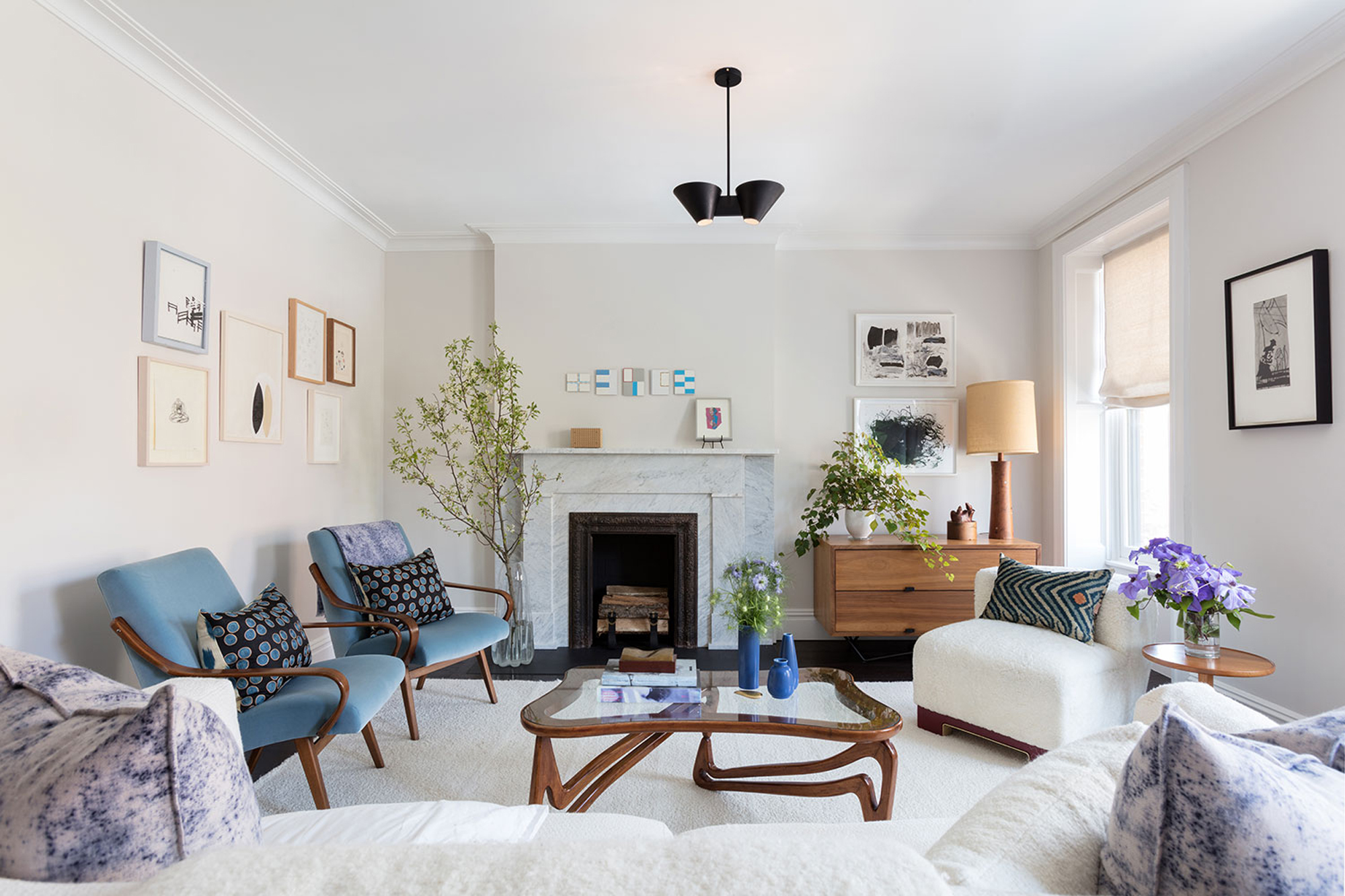
It’s a good idea to think about the kind of living room wall decor you want to include in your scheme - not only can this help inform color choices, but it may also steer the layout of the room too. ‘I always start planning the atmosphere of a room based on my client’s existing art,’ explains Amy Lau, founder of New York-based Amy Lau Design. ‘Art and design go hand in hand, which is why art always greatly inspires my design process.’
When it comes to planning groups and positioning artwork, Amy always goes through a process of templating to visualize the spatial planning on the walls and to make sure the form and function are perfect before committing to hanging. ‘I plan out my design by replicating the size and shape of the artwork by making a paper template of the work and placing the templates on the walls to make sure the movement and the spatiality look and feel right within the room,’ she says. ‘I also include pictures of the artwork on the templates, which allows me to play around with the arrangement to see which shapes, colors, and images complement and react with each other.’
Large pieces of statement art can often be found in living rooms, but this isn’t your only option. In fact, groupings of smaller artworks can make for a more dynamic display - as Amy explains; ‘When there are multiple pieces of art within a space, it excites the eye. By creating a gallery-like wall, you can tell a story through the look or mood of multiple artworks,’ she says. ‘There is not one giant artwork taking over the focal point; instead, each artwork brings its own allure and can create a different experience for each person within the space.’
7. Not including enough storage
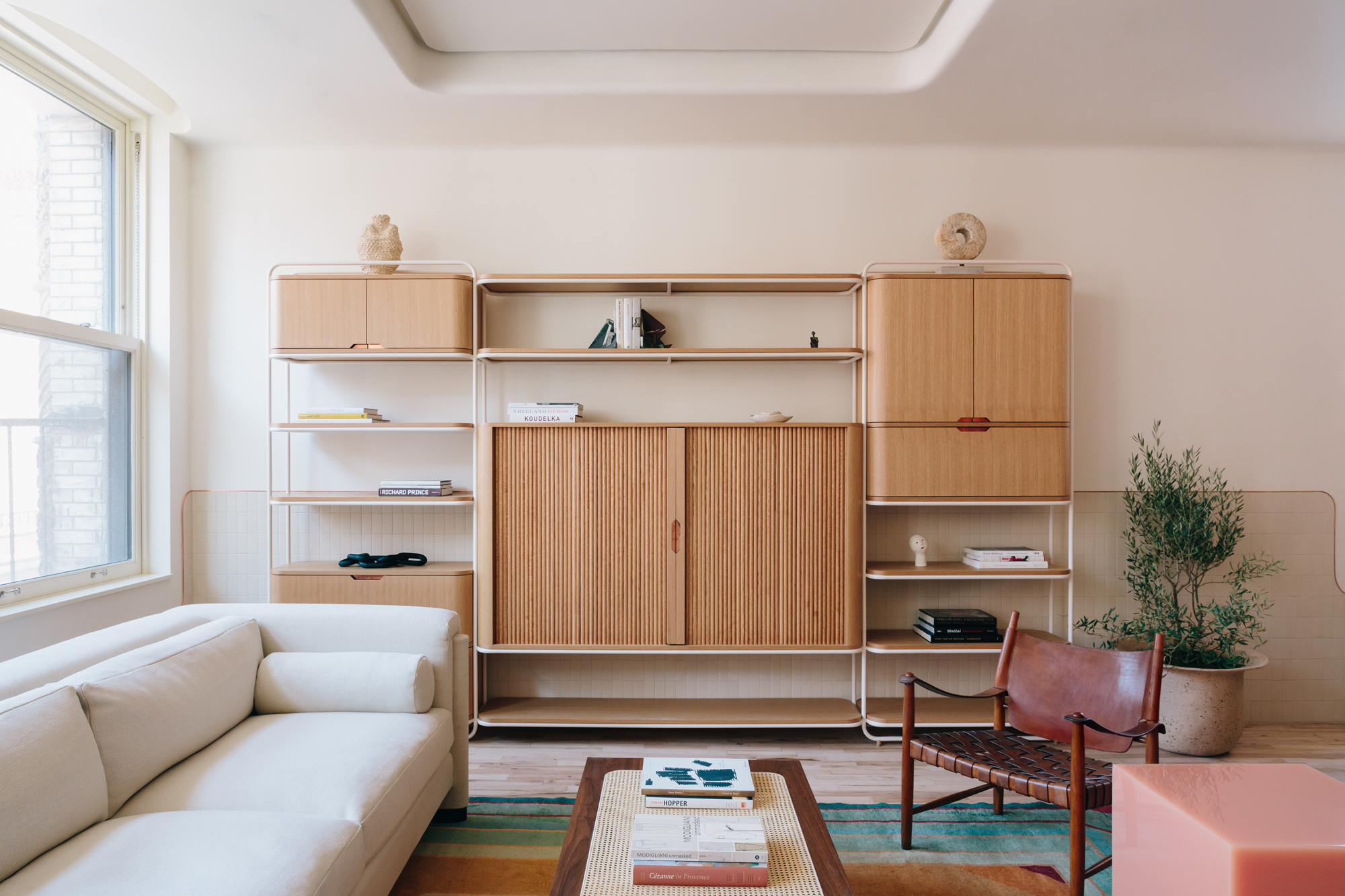
A lot of life tends to happen in living rooms, and this can often lead to a lot of clutter. You may have spent time agonizing over the perfect color scheme and choosing the perfect sofa, but if the room is impossible to keep tidy, these elements won’t be seen in their best light. The solution is to plan smart and effective living room storage ideas into your scheme from the get go.
In this beautiful living room designed by Brooklyn-based design firm Home Studios, special attention was paid to getting the storage exactly right. The studio designed the custom made oak and copper console from scratch to make sure every detail was perfect. A combination of both closed cupboards and open shelving means there’s room to display favorite books and treasured trinkets, while also offering space to conceal the more unsightly everyday items.
8. Buying a rug that's too small
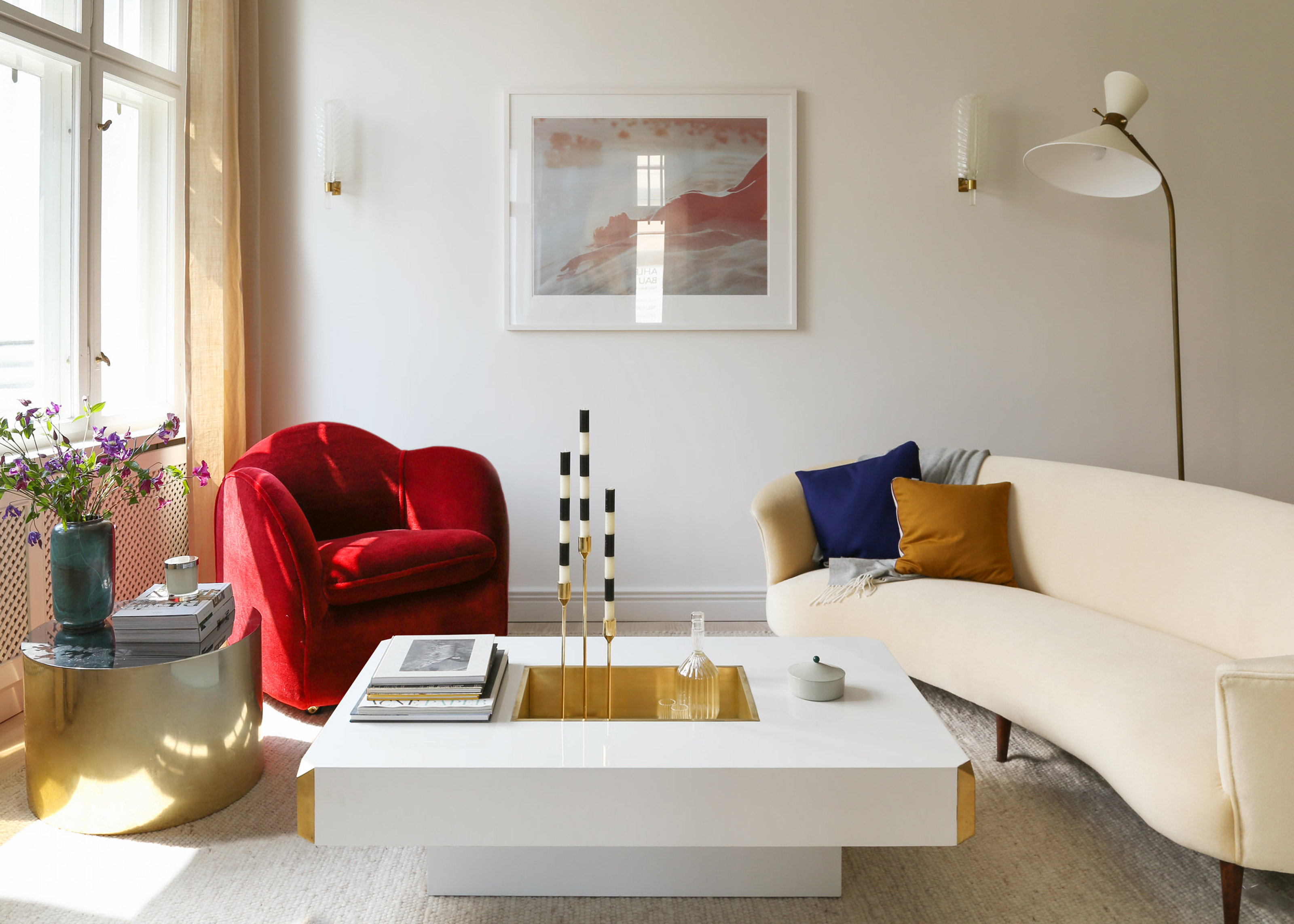
Living rooms are composed of large furniture pieces, and these can sometimes feel marooned and disjointed if they’re not visually tied together in some way. Using a rug is a brilliant way to do this. ‘I like to add living room rugs, as they ground the space while also providing the room with a visual frame that helps unite disparate pieces of furniture’ says Keren Ritcher, co-founder and principal designer at White Arrow. ‘You can also use them to incorporate additional color and texture into a scheme.’
A very common mistake when it comes to rugs is not going big enough. ‘Unfortunately I often see people purchase rugs that are far too small,’ says Keren. ‘The bigger the better, so try to go for the largest size you can afford - ideally the rug should go entirely under sofas and armchairs.’
When decorating a living room, where do I start?
With any design scheme in your house, it’s always advisable to stay true to your own style and personality - and this is especially true in a living room. They’re spaces where we entertain and host, as well as relax and recharge, so they need to reflect our personality. Try not to follow trends, and instead really think about how you want to feel in the space, as well as how you’re going to use it.
Consider how the living room will connect visually to the rest of your home, and include subtle connections to surrounding rooms for a sense of cohesion. As well as thinking about the big pieces of furniture such as rugs and coffee tables, it’s also well worth factoring window treatments, artwork choices and storage solutions into the early stages of the design process.
Interiors stylist and journalist Amy Neason was the Deputy Style and Interiors editor at House Beautiful for years. She is now a freelance props and set stylist, creating work for a range of national publications and brands such as Imogen Heath. She has previously worked at Established & Sons, and her skills include styling still life and interiors shots for editorial features and sourcing unique products to create inspirational imagery.
She is particularly respected for interpreting seasonal trends into feature ideas and style stories.